
BUDOWLE & OBIEKTY Residential and representative buildings
Residential and representative buildings
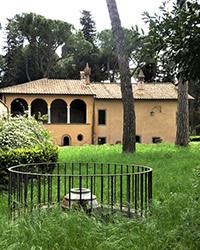
Casina of Cardinal Bessarion – a summer house from the Renaissance
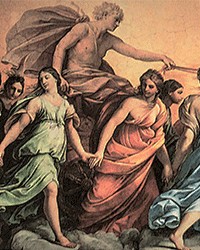
Casino dell’Aurora – a pearl of art of an entrepreneurial papal nepot
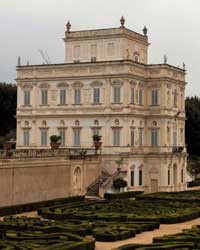
Casino di Villa Doria Pamphilj – a symbol of social status and a tool of international rivalries
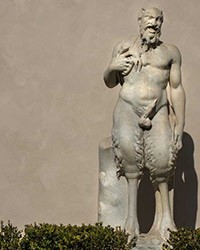
Casino Ludovisi – a cardinal’s idyll on the outskirts of the city
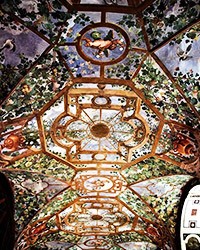
Palazzo Altemps - a refined ambience for a treasury of antique art
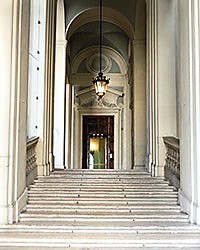
Palazzo Altieri – the pride of a papal family
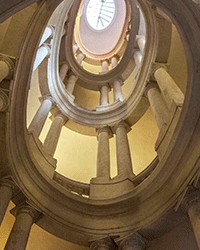
Palazzo Barberini – a monument of papal ambitions, of which the likes Rome had never before seen
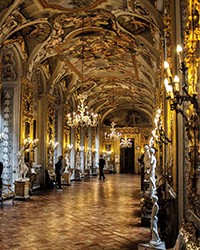
Palazzo Doria Pamphilj – a palace famous for its love of art
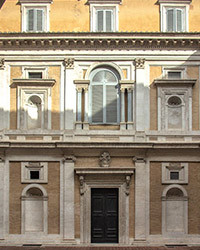
Palazzo di Firenze – the unloved residence of the de’ Medici family
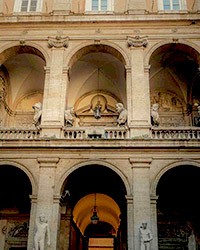
Palazzo Mattei di Giove – a salon and an open-air museum

Palazzo Pamphilj – a residence of a woman of iron will and untamed ambition
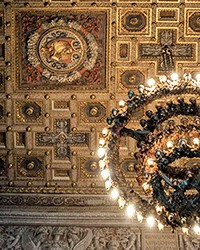
Palazzo Venezia – a residence of popes, ambassadors and Fascists
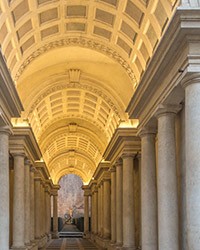
Perspective Gallery of Palazzo Spada – fiction and reality, meaning architectural games with the senses
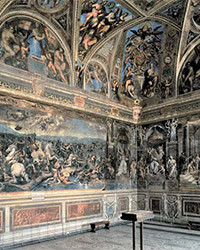
The Hall of Constantine (Stanza di Constantino) – a hymn praising the papacy

Villa Aldobrandini – a place of respite over the city teeming with life
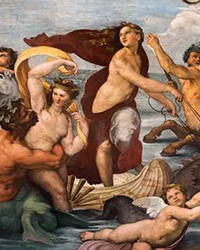
Villa Farnesina – built with the thought of eternal glory
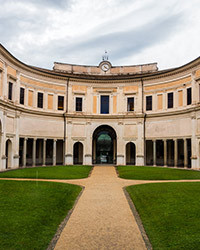
Villa Giulia – the earthly paradise of Pope Julius III
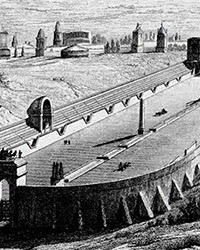
Villa of Maxentius – the rural residence of an unfortunate ruler
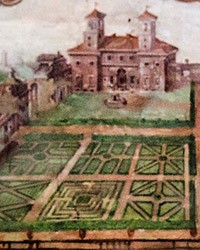
Villa Medici – a Florentine and French enclave on Pincio Hill
Zgodnie z art. 13 ust. 1 i ust. 2 rozporządzenia Parlamentu Europejskiego i Rady (UE) 2016/679 z 27 kwietnia 2016 r. w sprawie ochrony osób fizycznych w związku z przetwarzaniem danych osobowych i w sprawie swobodnego przepływu takich danych oraz uchylenia dyrektywy 95/46/WE (RODO), informujemy, że Administratorem Pani/Pana danych osobowych jest firma: Econ-sk GmbH, Billbrookdeich 103, 22113 Hamburg, Niemcy
Przetwarzanie Pani/Pana danych osobowych będzie się odbywać na podstawie art. 6 RODO i w celu marketingowym Administrator powołuje się na prawnie uzasadniony interes, którym jest zbieranie danych statystycznych i analizowanie ruchu na stronie internetowej. Podanie danych osobowych na stronie internetowej http://roma-nonpertutti.com/ jest dobrowolne.